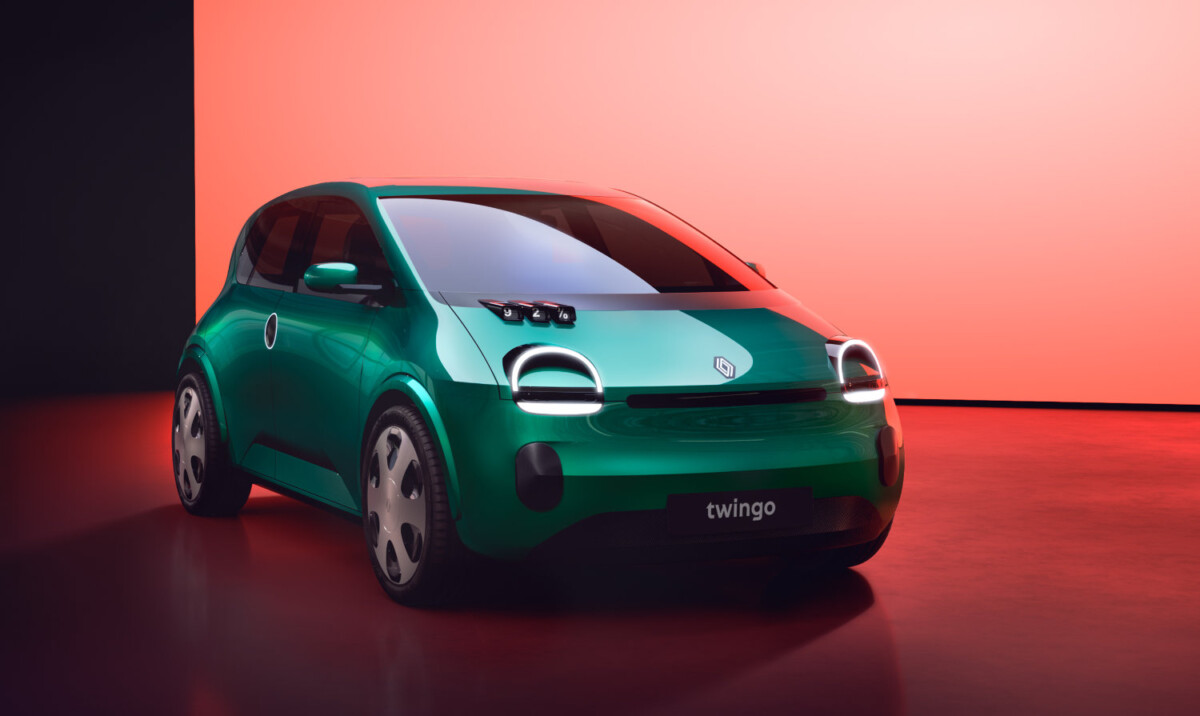The most affordable version of the new Renault 5 E-Tech electric should cost around 25,000 euros. But we spoke with an engineer from the diamond manufacturer, who told us they were exploring a possibility to reduce the cost of producing the car. The magic recipe? A different battery chemistry, without compromising autonomy.
The electric R5 (in which we were able to get on board) will arrive on the roads by the end of 2024, with the first orders open from September 2024. We do not yet know the prices of the Renault 5 E-Tech, but the manufacturer announces a starting price of around 25,000 euros. Some time ago, we were promised a price “below” 25,000 euros. We will have to wait until the start of summer to know the prices of each version.
In any case, it is clear that the 25,000 euro version will integrate the smallest battery, with a capacity of 40 kWh (300 km WLTP range). It is made up of the same chemistry as its big sister of 52 kWh (400 km WLTP autonomy). That is to say NMC for Nickel-Manganès-Cobalt.
It is one of the chemistries capable of achieving the highest energy density. That is to say thata lot of energy can be stored in a given weight and volume. Practical for a compact electric car.
Why Renault didn’t integrate cheaper batteries
Which means that Renault has skipped LFP (Lithium-Iron-Phosphate) chemistry, which is less energy dense, but which has the advantage of costing less. We asked Gilles Godinot, an engineer who works on the R5’s AmpR Small platform, why Renault did not go down the LFP path, as many manufacturers, such as BYD, do. But also like Renault, with the future electric Renault Twingo for less than 20,000 euros which should integrate this type of cell.

The engineer simply told us that it would have been impossible to offer a capacity of 52 kWh with LFP technology. The chassis of the Renault 5 is too small. On the other hand, the man confirmed to us that the 40 kWh battery could be of the LFP type since size is no longer a constraint with this reduced capacity.
But what is stopping Renault from offering a less expensive LFP battery on the least expensive version of the electric R5? Simply supply. For the moment, Renault buys its cells from the company Envision which produces them in China. But from March 2025, the cells will be produced in Douai, France. The aim is to reduce production costs as much as possible.. Producing LFP cells in addition to NMC cells involves two very different processes.
LFP batteries being studied for the R5
Renault is therefore not sure whether it wants to embark on the LFP adventure in addition to the NMC in parallel. But the engineer in charge of the project confirms to us that the hypothesis of an LFP battery is being studied for the Renault 5 E-Tech. This would make it possible to reduce production costs, and therefore reduce the selling price… or increase the company’s margins.
The other advantage of an LFP battery is its durability, which seems higher than NMC type batteries. And this is a strong argument for Renault which is offering, an industry first, bi-directional V2G charging allowing you to supply your home with electricity using the car’s battery and reduce your electricity bill. A function which will inevitably cause the cells to age more quickly, due to more intensive use.

Remember, however, that the capacity of 40 and 52 kWh is the “net” figure, actually available to the driver. The gross capacity (around 55 and 42 kWh according to our estimates) is precisely present to make it possible to anticipate this wear. Renault could thus unlock the total raw capacity of the battery depending on the wear of the cells. So that the autonomy of the car remains stable over time.
What makes us say that the Renault 5 E-Tech will one day be offered with an LFP battery is the fact that its future little sister, the Renault Twingo E-Tech, should integrate cells based on this chemistry in order to be able to offer a sale price of less than 20,000 euros.
